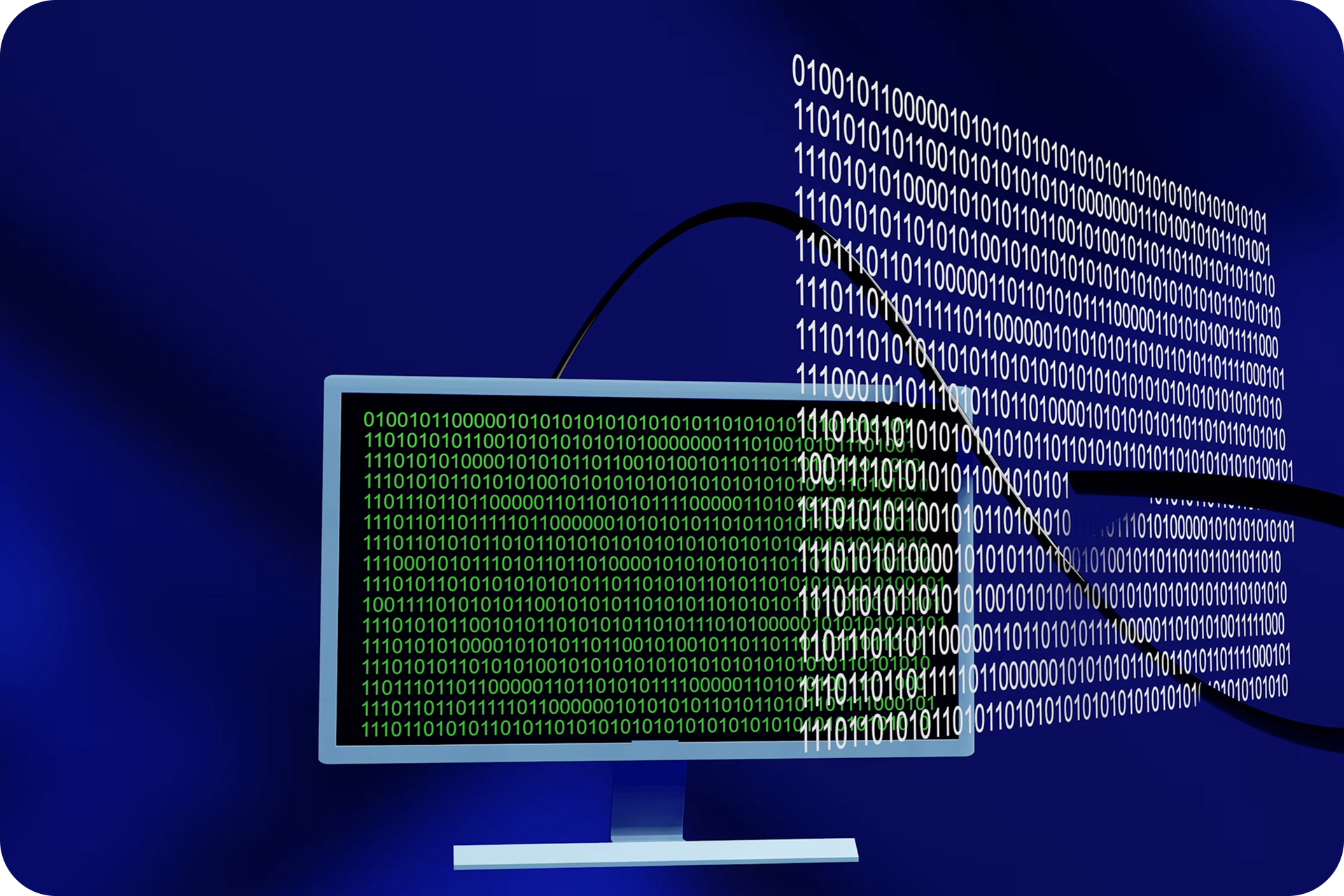LinkedIn Breach
Hackers scraped data of 700 million LinkedIn users more than 90% of its user base using legitimate APIs. Data included full names, email addresses, phone numbers, job titles, LinkedIn usernames, and more. The dataset was later sold on a dark web forum. This breach showed how publicly available or accessible data can be weaponized at scale.

The LinkedIn Data Scraping Incident: A Massive Privacy Wake-Up Call
In 2021, LinkedIn became the focus of a major data privacy controversy when hackers scraped personal information from over 700 million user profiles a staggering 90% of the platform’s user base. While no internal systems were breached, the sheer volume of data collected and the method used to gather it sparked serious concerns about how public or accessible data can be weaponized at scale.
What Happened?
Unlike a traditional hack, this incident involved data scraping a method of extracting large amounts of data from websites using automated tools. The attackers leveraged LinkedIn’s own public-facing APIs, which are designed to allow third-party developers to access user information (within limits). By abusing these legitimate tools, they were able to bypass restrictions and collect data on hundreds of millions of users. The scraped data included:
- Full names
- Email addresses
- Phone numbers
- Job titles and companies
- LinkedIn usernames and profile URLs
- Geographic locations
- Professional and educational background
The dataset was later put up for sale on a dark web forum, with a sample of 1 million records released as proof of authenticity.
LinkedIn's Response
LinkedIn quickly responded by stating that this was not a data breach in the traditional sense, as no private data was accessed from its internal servers. The company emphasized that the information was gathered from public profiles and other publicly available sources, in violation of its terms of service.
Despite this clarification, the event raised major red flags about data security, consent, and the effectiveness of privacy settings on platforms where professional networking depends on public visibility.
Why This Matters
While LinkedIn didn’t “leak” data in the conventional sense, this incident highlighted a growing and often misunderstood threat: the weaponization of publicly accessible information. Here’s why the incident is significant:
- Scale: 700 million users is an unprecedented amount of data effectively the entire professional internet.
- Perceived Safety: Many users assumed LinkedIn data was “safe” because it was meant to be seen by recruiters or business contacts. This incident challenged that assumption.
- Data Aggregation Risk: Even if individual data points are public, when aggregated and organized into massive datasets, they become powerful tools for identity theft, phishing, and social engineering.
- Limits of Consent: Users may have agreed to share data publicly on LinkedIn, but they didn’t consent to having it scraped, repackaged, and sold.
What Can You Do?
If you’re a LinkedIn user or simply concerned about your data footprint here are steps you can take to reduce your exposure:
- Review Privacy Settings: LinkedIn allows you to limit what parts of your profile are visible to others, including your phone number and email.
- Be Mindful of Public Info: Consider what you really need to include on your profile. Do you need to list your exact job title or location?
- Use Two-Factor Authentication (2FA): This won’t prevent scraping but can help protect your account from being hijacked.
- Stay Alert for Phishing Attacks: With scraped data, attackers can craft highly personalized emails or messages that appear legitimate.
- Search for Your Data: Use tools like Have I Been Pwned to check if your email or phone number is part of known breaches.
Bigger Picture: The Ethics of Public Data
This incident also poses important questions for platforms and regulators alike:
- Should platforms limit access to public data more aggressively?
- Are scraping protections adequate?
- What responsibilities do companies have when their data is scraped even if no "hack" occurs?
While scraping is technically legal in many jurisdictions if the data is publicly available, the consequences can be deeply harmful when done at this scale.
The LinkedIn scraping incident is a clear reminder that public data is not inherently safe, and that platforms must balance openness with robust protections. As the line between public and private continues to blur in the digital age, both users and companies must adapt and fast.


